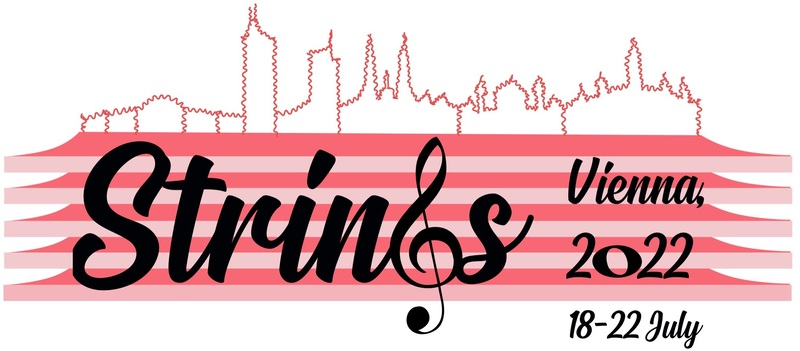Speaker
Description
In the last couple of years, a new very surprising connection emerged between $\mathcal{N}=2$ supersymmetric gauge theory and black hole physics. Initially, it was found that quasinormal modes of black holes - as observed in the gravitational wave signal of the final ringdown phase of a merging - can be related and computed from quantization conditions on the so-called gauge theory Seiberg-Witten periods (the building blocks of the $\mathcal{N}=2$ supersymmetric gauge prepotential). A lot of exciting developments followed, among which new theoretical and computational results on both sides of the correspondence. We in particular have been able first of all to give a mathematical proof of the connection, through the further connection we previously found of such gauge theories to quantum integrable models. Indeed, using the so called ODE/IM correspondence between Ordinary Differential Equations and Integrable Models, we related the mathematically precise definition of quasinormal modes (not so-widely known) to quantization conditions (Bethe roots condition) on various (Baxter’s-) integrable functions, which we are able to relate in turn to gauge periods, thus proving the connection among three apparently very different physical theories (which however share in different ways the same ODE). Moreover, thanks to such essential identification it follows simply and elegantly a new powerful exact method to compute quasinormal modes: the Thermodynamic Bethe Ansatz nonlinear integral equation, a classic celebrated tool of quantum integrability. We compare this method to other standard and new ones and sometimes find it convenient. We do this in all details for a gravitational model which is a generalization of extremally charged (Reissner-Nördstrom) black holes. We expect in the future to be able to extend it to many other spacetimes, confident of the nowadays much larger application of the aforementioned correspondence with $\mathcal{N}=2$ supersymmetric gauge theory. Moreover, in our approach other black hole physical quantities and observables beyond quasinormal modes (like the greybody factor, directly connected to Hawking radiation) seem essentially related to quantum integrability structures. Thus in perspective this new application of exact non-perturbative techniques from quantum integrability and $\mathcal{N}=2$ supersymmetric gauge theory promises to give some new deeper understanding of black holes, modelled in either General Relativity or String Theory and testable through new high precision gravitational waves observations, eventually hopefully helping to discriminate between standard and new physics.
Based on:
1. D. Fioravanti, D. Gregori, arXiv:2112.11434 (2021)
2. D. Fioravanti, D. Gregori, arXiv:1908.08030, Phys.Lett.B 804, 135376 (2020)
3. D. Fioravanti, D. Gregori, H. Shu, to appear soon




